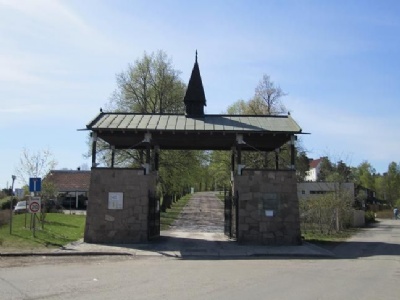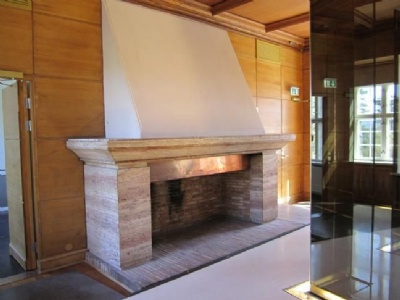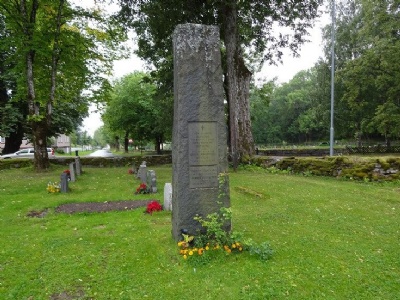Gimle
In 1941, Norwegian Nazi leader Vidkun Quisling and his wife Maria moved into Villa Grande on Bygdoy peninsula just outside Oslo. Villa Grande underwent extensive redevelopment and was renamed Gimle (a place in the Norwegian mythology where Götterdämmerung’s survivors settled). Quisling had served as minister of defence between 1931 and 1932 in the government of Peder Kolstad. In May 1933 he formed the Nasjonal Samling party (National Gathering Party). The party was influenced by Nordic viking mythology and also influenced by the German Nazi party. However, the party never achieved any electoral success either nationally or locally. The paramilitary organisation of the party was called Hirden and was inspired by the German SA. Quisling was familiar with the German invasion plans, and in connection with the invasion of Norway on April 9, 1940, he declared himself prime minister and urged the Norwegian military forces to lay down the weapons and capitulated.
Norway’s king and the incumbent government, however, refused to recognize Quisling as prime minister and did not capitulate. When the Germans discovered that Quisling had no popular support whatsoever, he was sidelined. Hitler instead appointed Josef Terboven as Norwegian reich commissioner who formed a government of members of the Nasjonal Samling. Not until February 1942 was Quisling appointed minister, but his title was academic and subordinate to Terboven. Other important members of the Nasjonal Samling were, police minister, Jonas Lie, and minister of justice, Sverre Riisnaes. Quisling was arrested on 9 May 1945 in Gimle, imprisoned at Akershus fortress, tried in September 1945, sentenced to death for treason, transferred to the prison on Möllergata and later executed at Akershus fortress on October 24, 1945. The body was cremated and the ashes were later placed at the family grave at Gjerpen cemetery in Skien.
Current status: Preserved with museum (2011).
Address: Huk aveny 56, 0287 Oslo.
Get there: Car.
Follow up in books: Greene, Jack, Massignani, Alessandro: Hitler Strikes North: The Nazi Invasion of Norway & Denmark, April 9, 1940 (2013).





It is no exaggeration to say that Quisling was extremely hated by most people in Norway. After the war, his surname has become synonymous with traitors, not only in Norway, but also in other countries, traitors are described as quislings. Since 2005 there is the Norwegian Holocaust museum in Villa Grande. The museum is modern and has found a decent balance of information, photographs and slideshows. But at the same time, I had hoped that more of the old had been preserved as it was in Quisling’s time.